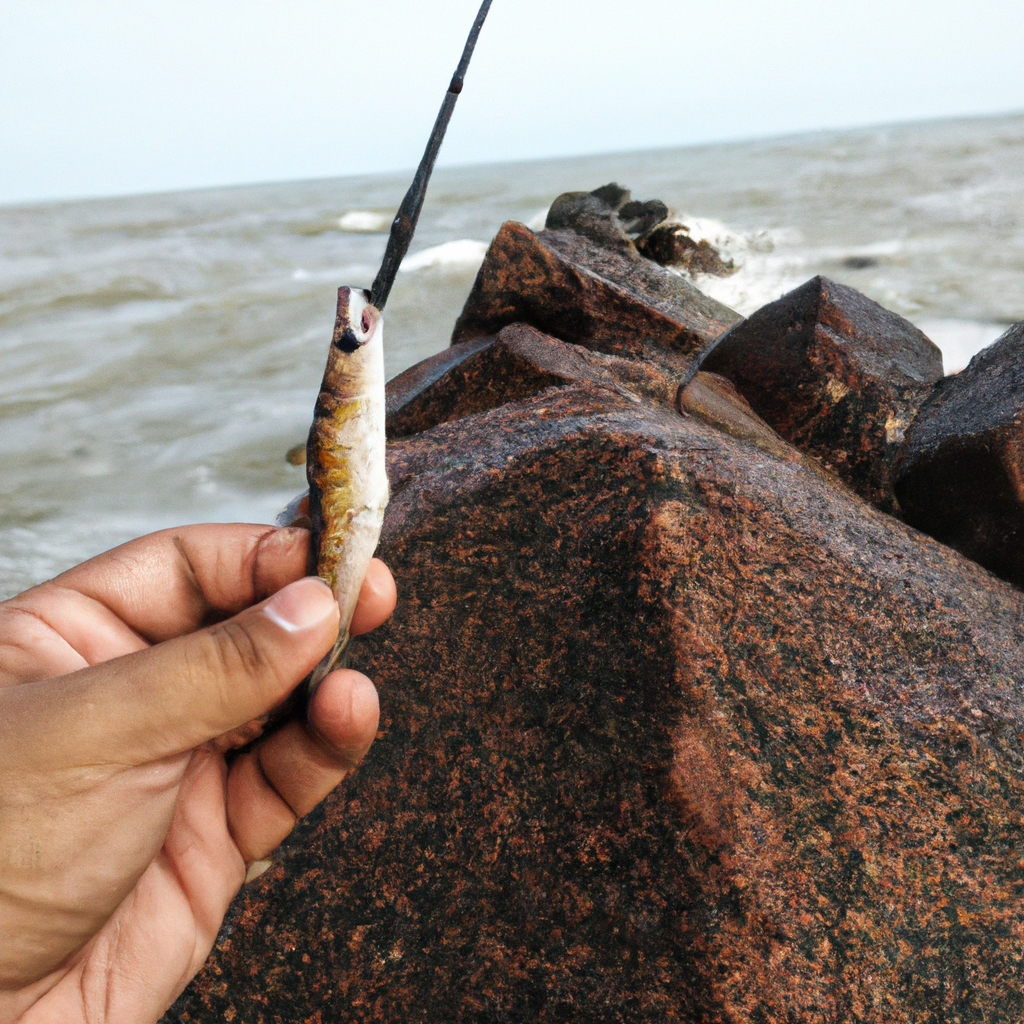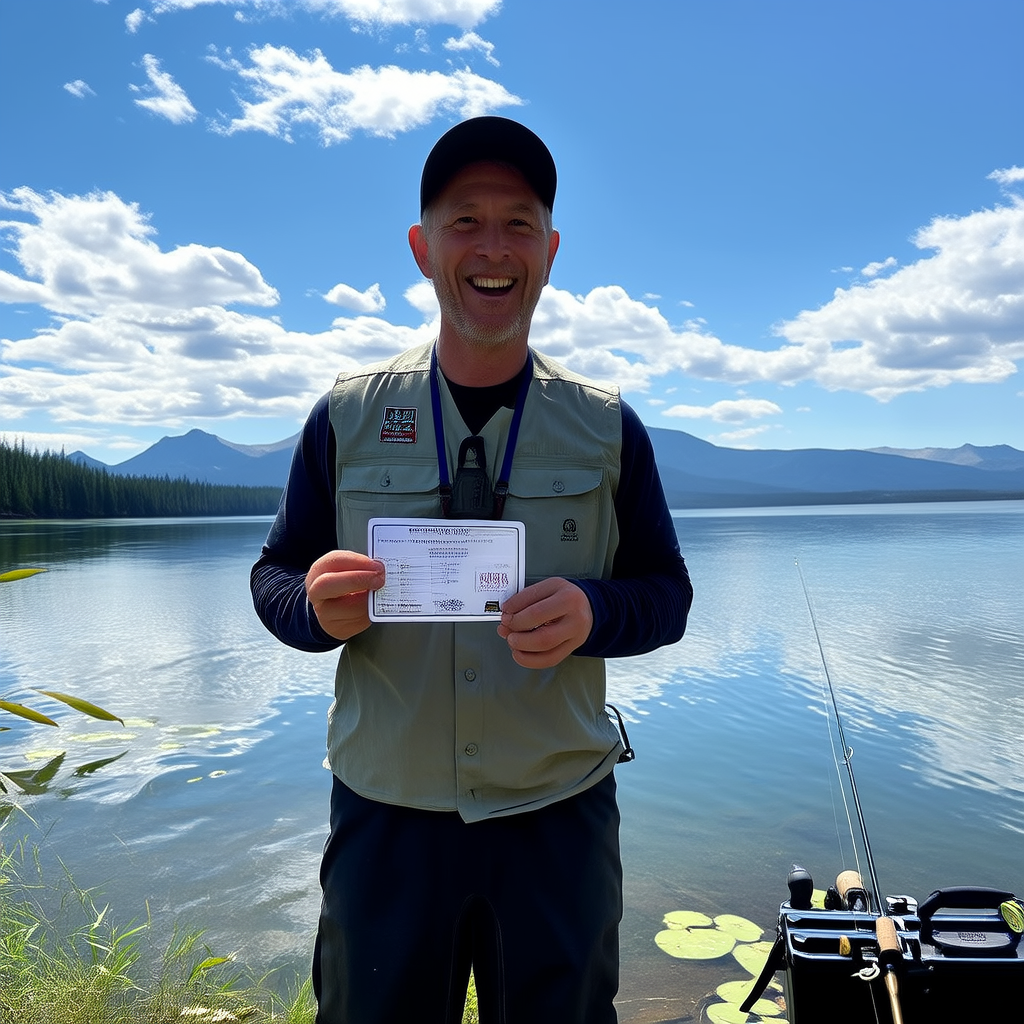Anglers can have a rewarding and exciting experience when fishing on rocks. It takes patience, skill, and knowledge about the equipment and techniques needed to catch fish in these challenging environments. Fishing on rocks is a great adventure for anyone, whether you’re an experienced angler or just a beginner who wants to try something different.
The Challenge of Fishing on Rocks
Fishing on rocks is a unique experience that differs from fishing in any other environment. Finding a place where fish are likely feeding is one of the biggest challenges. Rocks can be used to provide shelter and cover for baitfish which attracts larger fish. You need to find rocks with structure and depth in order to locate fish.
You will also need the right equipment to fish on rocks. To catch the strong and evasive species of fish that live in rocky environments, you need a sturdy fishing rod, high-quality line, and sharp hooks. To be a successful rock angler, you’ll need to learn how to tie knots and cast your line.
What types of fish can you catch on rocks?
Rocky environments can host a variety of fish species. Rocks are a great place to catch all kinds of fish, from bass and trout to pike and catfish. Research the types of fish that live in the area where you plan to fish and adjust your fishing technique accordingly.
Bass fishing on rocks is a thrilling activity. Bass are known to feed around rocks on baitfish, so it is important to use lures which mimic these prey. Soft plastic worms and jigging lures like spinnerbaits work well in rocky areas.
Trout fishing is also possible on rocks, particularly in streams and rivers with rocky outcroppings. Trout are attracted to rocky areas because they feed on insects and small organisms. Using flies or lures that mimic their prey can be very effective.
Fishing Techniques on Rocks
It’s important to adjust your fishing technique based on the species of fish you’re targeting, and the environment in which you’re fishing. Here are some fishing techniques that work in rocky environments.
Bottom Fishing
Bottom fishing is the act of placing your lure or bait on the bottom and waiting for the fish to bite. This technique is effective for fishing catfish, walleye and other bottom-feeding species. Use a weight on the bottom to keep the bait in place. Adjust the length of your line to reach the desired depth for the fish.
Jigging
Jigging is the act of moving your lure up and downward in the water column. This will attract fish. This technique is great for bass, trout and other predatory species of fish. Use a soft plastic lure or jigging trowel to bounce it off rocks and imitate the movements of baitfish.
Topwater Fishing
Topwater fishing is the use of lures that float at the surface of the waters and imitate insects or fish. This technique is effective for bass, trout and other species of fish in rocky environments.
Fly Fishing
Fly fishing is the use of artificial flies to imitate insects and other small organisms that fish feed upon. This technique is effective for fishing for trout when you are in a stream or river with rocky terrain. It takes skill and practice but the reward can be great when you catch a large fish.
The Best Time to Fish Rocks
The best time to fish rocks depends on what species of fish you are targeting and where you are fishing. Fish are generally more active in the early morning or late evening when the water temperature is cooler. This can vary depending on the type and size of fish that you are pursuing.
Research the fish species that you intend to catch, and adjust your fishing equipment and techniques accordingly. Be aware that weather patterns may also affect fish activity. Plan your fishing trip accordingly.
The Right Baits and Lures
When fishing on rocks, choosing the right lures and bait is essential. Fish in rocky environments tend to be more aggressive, and will strike lures that mimic the movements of their prey. Here are some baits and lures you can use when fishing on rocks.
Crayfish
Crayfish are the favorite food of bass, and other predatory species of fish in rocky environments. Catching these fish can be done by using lures that mimic crayfish movements. Use soft plastic crayfish, or jigging lures that mimic these crustaceans.
Worms
Worms work well as a bait for catching many fish species including catfish and bass. Use worms to attract fish when fishing on rocks. They mimic the movements of baitfish.
Spinnerbaits
Spinnerbaits can be used in rocky environments. They mimic the movements of baitfish and reflect light to attract predatory fish.
Topwater Lures
When fishing from rocks, topwater lures can be very effective. They mimic the movements of insects and baitfish. Use poppers or other lures to create noise or disturbances on the surface of the water. This will attract fish.
Safety Precautions when Fishing on Rocks
If you’re not careful, fishing on rocks can be dangerous. Slippery surfaces and uneven terrain can make it easier to lose your footing or slip. Take these safety precautions if you are fishing on rocks.
Wear Non-Slip Shoes
Wear shoes with non-slip bottoms to avoid slipping on wet or uneven surfaces. Avoid wearing flip-flops and sandals, as they offer little protection from sharp rocks or other hazards.
Use a Wading staff
When fishing in rocky areas, a wading staff will provide stability and support. Use it to test water depth and find traction on slippery surfaces.
Watch Your Step
When fishing on rocks, be aware of your surroundings. Avoid stepping on sharp, loose or splintered rocks that could cause you to lose footing.
Wear a life jacket
Wearing a jacket of life can save your life if you fall in the water or are swept away by a swift current. Always wear a jacket when fishing near or in water.
In conclusion
Any angler can enjoy the thrill of fishing on rocks. To catch fish in these challenging environments, you need patience, skill, and knowledge about fishing techniques and equipment. You can increase your chances for success by following these safety precautions and tips.




